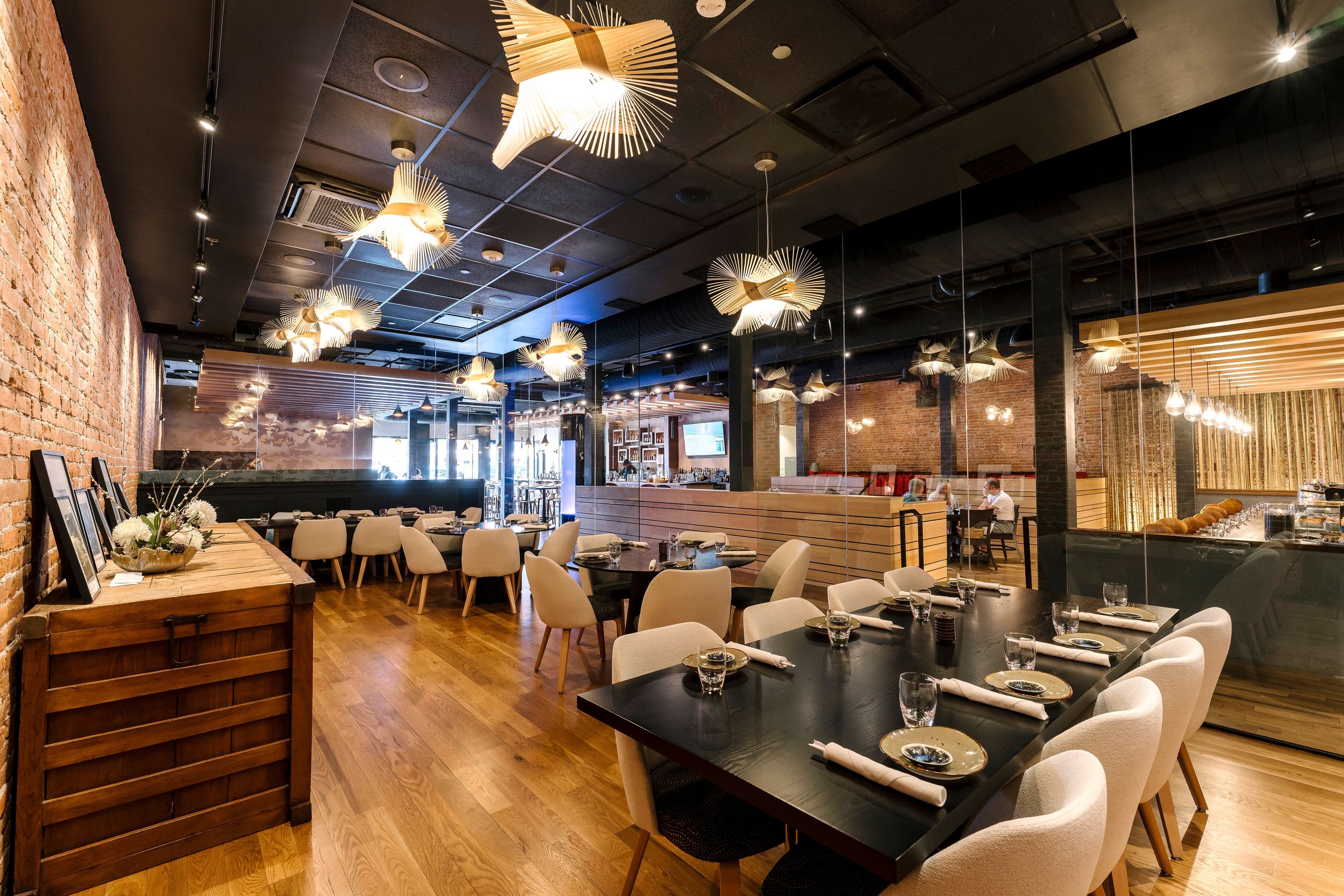

Hours and Location
Sun -Thur: 11am - 10pm
Fri & Sat 11am - 11pm
Happy Hour | 3 - 6pm Daily
All Day Monday
9:30-11pm Friday & Saturday
125 S. College Ave.
Fort Collins, CO 80524
manager@japangosushi.com
(970) 413-7436

Become a Sake & Sushi Expert
if you’re a sushi novice or our chefs know you by name and favorite sake, here are some fun facts and definitions to help make your meal with us even more enjoyable
-
navigating your sushi menu:
BURDOCK - a crunchy, orange, pickled root vegetable
MAKI - a cut sushi roll, with the rice on the inside or out
NIGIRI - slices of raw fish or vegetables served on a ball of rice and a dab of wasabi
NITSUME - eel sauce / sweet soy reduction
NORI - the toasted seaweed sheets, used to make your sushi rolls
PONZU - a savory citrus flavored soy sauce
ROE - (masago & tobiko) small orange fish egg
SASHIMI - slices of raw fish served without rice
SHISO LEAF - A Japanese herb with flavors similar to Mint and Basil
TATAKI - seared
TEMAKI - a sushi handroll, think sushi ice cream cone
YUZU - a Japanese citrus often described as a cross between lemon and orange.
-
Try starting from light and moving to heavy – this keeps the heavier fish flavors, such as fatty tuna or mackerel from overpowering the lighter ones, such as white fish. Finish with sweeter flavors, like tamago (egg) or eel.
-
When using chopsticks (hashi), some things that may seem innocent can actually communicate more than you think! Avoid passing food from one pair of chopsticks to another, leaving them crossed on the table or sticking up in a bowl of rice as all of these actions are reminiscent of Japanese funeral traditions.
Having trouble using your chopsticks anyway? Sushi started as finger food, so feel free to save your chopsticks for sashimi and eat your sushi with your hands. This makes it easier to keep pieces together and helps avoid over soy saucing. Save your spoon too – It’s perfectly fine to drink your miso soup directly from the bowl.
-
(Kanpai: “to dry up your cup”) Cheers!
Ever wonder why your sake cup, called an o-choko, is so small? It is a very real and pleasant custom in Japan to pour sake to everyone's choko but your own and have someone else pour for you. This practice is a show of everything from respect to friendship, and tiny cups ensure the displays of kinship keep flowing.
If you choose to drink out of a wooden masu box, it is customary for us to overflow it to show our hope for your continued prosperity
-
HOW IT’S MADE
Sake is made with meticulous care from four essential ingredients: rice, water, yeast and koji—a naturally occurring spore that imparts sake’s distinct flavor and converts complex rice starches into the simple sugars that become alcohol.
The starches in sake rice are concentrated in the center of the grain—known as the shinpaku “white heart”—and hold the key to smooth, refined flavors in a finished sake. The outer part of the rice grain, in contrast, is packed with fats and lipids that in balanced moderation will breathe spunky complexity into a sake.
JUNMAI | HONJOZO
more than 60% of rice grain remaining
Junmai is used to indicate “pure” sake—nothing other than rice, water, yeast and koji went into its production. “Junmai” can be affixed to an incredible range of sakes with varied milling rates as long as no alcohol, flavorings or other additive were used.
Honjozo (or simply the absence of the word “Junmai” for premium sakes) conversely specifies that a small amount of distilled alcohol was added after the sake was pressed. The addition of alcohol can work magic—drawing out and intensifying delicate fragrances
JUNMAI GINJO | GINJO
less than 60% of rice grain remaining
Ginjo sakes are fragrant, fruity and flowery, crafted with rice that has been carefully milled to less than 60% of its original size. Considerable care is put into choosing the perfect blend of ingredients for these premium sakes: water with the perfect mix of minerals, rice with ideal starches, the heartiest strain of yeast, and koji cultivation carefully mastered over decades. Lower fermentation temperatures slow the entire process, making it easier to control the quality every step of the way— most of the work painstakingly done by hand.
JUNMAI DAIGINJO | DAIGINJO
less than 50% of rice grain remaining
Daiginjo is an even more refined subclass of Ginjo sake with, in some cases, the rice grain milled down to only 23% of its original size (as in the case of our Dassai 23!), allowing for the beautifully elusive flavors hidden in the heart of the rice to shine. These sought after sakes are known for their subtle clean intricacies and unmatched smoothness
NIGORI
cloudy sake
Nigori is roughly-filtered sake. The resulting suspended rice leave the sake anywhere from slightly opaque to a thick milky white. While the mouth-feel is almost always characterized by dynamic fullness, flavors and the overall textures vary considerably.

Lunch
(v) = Vegetarian (GFO) = Gluten-Free Optional (GFO)(+) = Gluten-Free Option with Upcharge

Dinner
(v) = Vegetarian (GFO) = Gluten-Free Optional (GFO)(+) = Gluten-Free Option with Upcharge
Cocktails
Wine
glass / bottle
Sake
3oz / 6oz / 13oz / bottle (all bottles 720mL unless otherwise noted)
Beer & Ciders

Tea & Dessert
BY THE CUP | BY THE POT [for 3]

Kids
Colorado free-range chicken,
sterling salmon filet or beef filet

Happy Hour
IN HOUSE ONLY
3 to 6pm Daily











